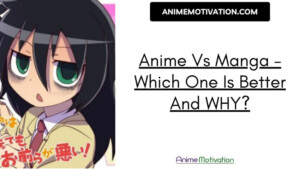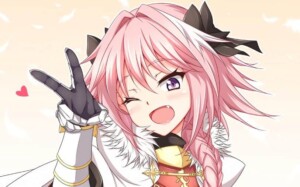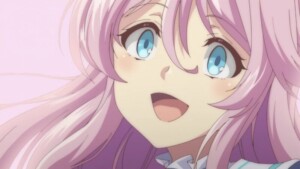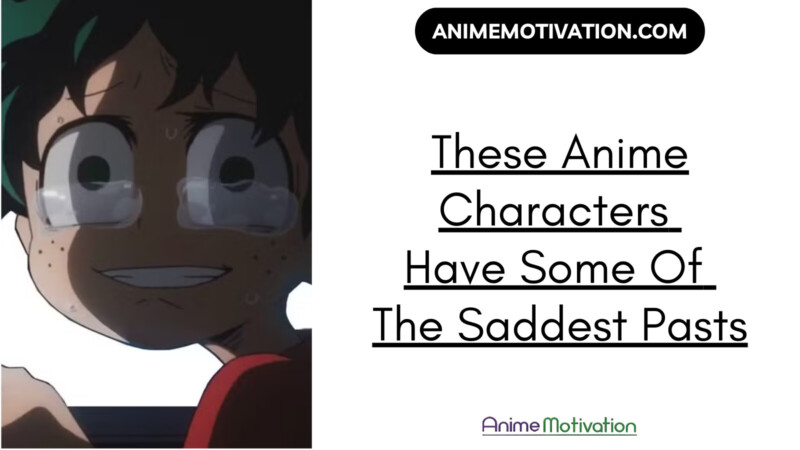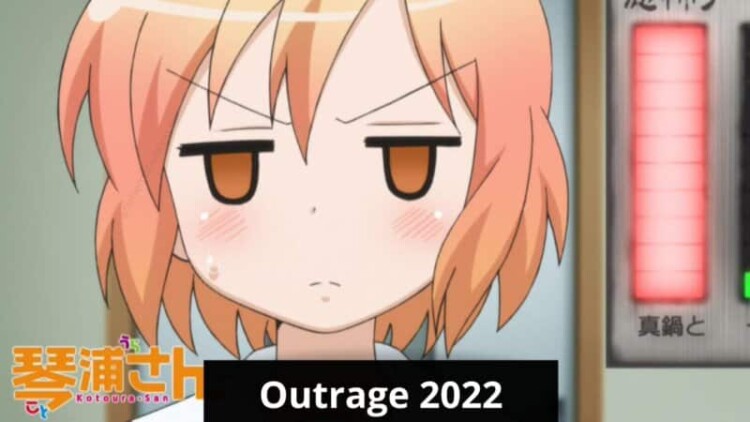Parents don’t know too much about anime these days. In fact, this was true years ago.
What most parents know about anime is:
- Negative
- Based on assumptions
- Hearsay
- False preconceptions
Or any off the cuff anime they’ve seen, which gave them a bad impression of what anime represents. Anime is more than the five-letter words and the notions pushed online about it.
I know I have fans in this category as well so let’s talk about it.
Here’s what you need to know.
What parents need to know about anime:
1. Anime is a medium, NOT a genre
The first common mistake I see parents making, either from what I’ve seen or from what fans say of their parents Is how parents judge anime as a genre.
That’s false and it’s not too surprising to see why this narrative is so prevalent outside the anime community.
I can’t say what started it but let’s break it down.
- A genre is a category (romance, action, etc).
- A medium is a format (video,
books , entertainment, etc).
And Anime is a MEDIUM, not a genre.
That means anime is comparable to:
- Films
- Regular TV shows
- Video
games
And so on.
You don’t call video
So that’s the first thing you need to drill into your head (or your parent’s head) about anime.
Related: This Is What Haters Think Of Anime, And How They Describe It
2. Anime has MANY genres

Unlike films and TV shows, anime covers so much more than regular entertainment.
In the anime industry, you have genres like:
- Police
- Psychological
- Horror
- Yuri
- Yaoi
- Romance
- Action
- Shounen
- Josei
- Shojo
- Adventure
- Fantasy
And the list goes on forever… It seems that way because there are so many genres to choose from.
That’s why anime fans tend to have a wide catalogue of shows they’re interested in.
There are probably around 12,000+ anime shows in existence, so there’s plenty to choose no matter your taste.
3. Anime content is rated differently

Anime, unlike Western films and entertainment, is rated differently. Japan doesn’t conform to the same standards.
That’s the reason why an anime like Food Wars is rated under 16+ even though you have some nude, some skin, cleavage, half-naked bodies of men and women, etc.
It’s not the kind of anime you’d want a 7 year old watching Lol.
That’s important to know because the way anime is designed can trick you into believing otherwise.

Another example of the ratings being different (and the content based on ratings) is Dragon Ball Z.
Dragon Ball Z and the seasons they’ve put out are anything but PG in certain scenes. There’s plenty of blood in
You do get some good fan service and inappropriate scenes (more so in the first season) so the rating doesn’t reflect the content down to a T.
Especially not in the way Western shows and
So the best judge of content is to watch the content or look at what people say about it… Because ratings aren’t always the best judge.
More so when it’s PG 12 and up.
Relevant: The Most Intense Anime Series Too Mature For Kids
4. Hentai and anime are NOT the same things

In a nutshell,
- Nudity
- Obscene content
- “Naughty” bits
- Sex
And all the good stuff you can imagine (sarcasm).
The reason

Anime is Japanese animation for all ages.
From:
- Kids
- Teenagers
- Young Adults
- Adults
And beyond.
It all comes down to the type of anime you wanna watch and the type of content it contains.
Psychological anime and obviously horror tend to be more violent, savage, and
Romance shows are more lightweight in general, and slice of life is the most relaxed as far as “safe” content.
And the list goes on.
5. Anime is no worse than “general” entertainment
There’s this idea that anime is somehow:
- Worse
- Evil
- Brainwashing
And all these other nonsensical words that haters use to describe anime.
They describe anime as if it’s the worst type of entertainment and it’ll do your kids (or anyone) harm by watching it.
The reality is that’s not true. It’s more like a convenient myth people choose to believe because of their lack of understanding.

On the surface, anime is no different to:
- Disney films
- Hollywood films
Or anything you choose to compare it to.
The only difference is in:
- The types of subjects it covers
- The stories
- The designs
- The creativity
And everything else that lies under the surface.
You can learn from anime no different to films,
After all, it’s a medium, not a genre. And it all comes down to what you watch and what you’re into.
It also comes down to what you think is appropriate and what your tolerance level is. And then watching whatever you feel most comfortable with.
All mediums are like that and all mediums have that type of content to some degree.
6. Anime is educational

I mentioned this before, but anime is more
Take an anime like Naruto for example.
This anime is so
Everyone mentions the
They’re not wrong. It’s true.

The same is true for an anime like Cells At Work.
The anime takes biology and science and combines them with hilarious episodes and a funny storytelling method that educates while keeping you entertained.
You learn about:
- White blood cells
- Red blood cells
And how they function in the body, their role in your health, fighting disease and so on.
Each character is a representation of parts of our body, and that makes it relatable and easy to understand. While giving you practical information.
Anime is full of all sorts of
Related: The 10 Most Educational Lessons You Can Learn By Watching Anime
7. Anime can be family friendly
Anime can be family friendly, too. Just like regular films and entertainment. While it’s true that anime is generally more
Again – anime is a medium and there’s plenty for everyone in the medium.

This anime: Flying Witch is a good example of family friendly content.
It’s family friendly in the most literal way possible.
- No inappropriate scenes
- No fan service
- Relaxing
- Laid back
- Comedy
- Realistic
It’s almost like watching a realistic TV show with animated characters in it. And because of the vibes and the story, you can watch it with anyone. No matter their age.
There’s plenty of anime like this as well.
8. Anime is more “free” with its topics
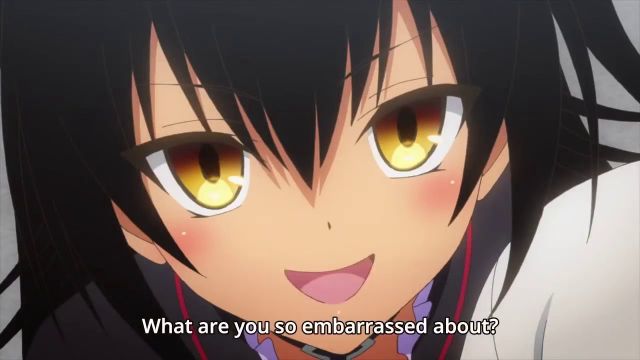
Because of the way Japan works, creative expression isn’t limited. Artists can be themselves to the fullest, even if the anime’s message or story is controversial.
That’s the way art was always intended to be. This is art at its purest.
I mention this because it’s the reason anime has topics like:
- Gay relationships
- Lesbian
romance - Incest
- Ecchi
And so on. The types of topics a lot of critics will use as a crux to paint anime in a bad light (incest mostly).
I get it, but it’s one aspect you should be aware of.
There’s NOT a lot of anime that let’s say, talks about incest. And when it’s there it’s never to the extreme or to the kind of degree that would cause concern if your kids watch it.
It’s more of an inside joke when it happens. But… It’s a relevant thing to be aware of.
Remember what I said earlier: anime is FULL of genres and topics. More so than Western media.
There’s something for everyone, but the more “extreme” topics in no way represent anime as a whole. It’s just a small piece of the bigger puzzle and is something to be aware of.
Remember: anime is a MEDIUM, not a genre

There are 1000’s of anime shows and there’s something for everyone. With enough genres to choose from.
You can find good, bad, controversial, subtle, creative, challenging and “questionable” content. Just like any other medium.
But anime as a whole isn’t bad, immoral, or whatever word you wanna use that’s negative.
Anime is a medium. And in general, it’s one of the most positive mediums for its content. And one of the more creative mediums because it’s more open and doesn’t hold back on exploring things others might not.
In the end, talk to your kids about it. Communicate with them. If you don’t you’ll be left in the dark, and you’ll only make things worse by judging anime without context.
Recommended Next:
13+ Clean Animes That Don’t Include Fan-Service Or Ecchi Content
18 Of The WORST Anime You’d Be Crazy To Watch With Parents







